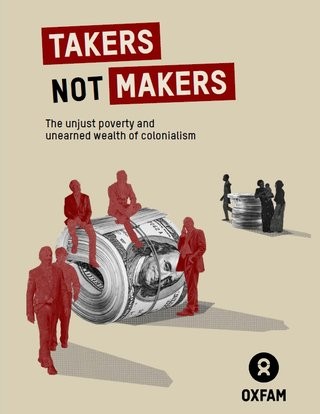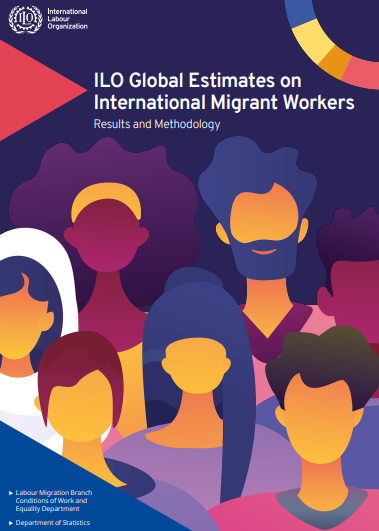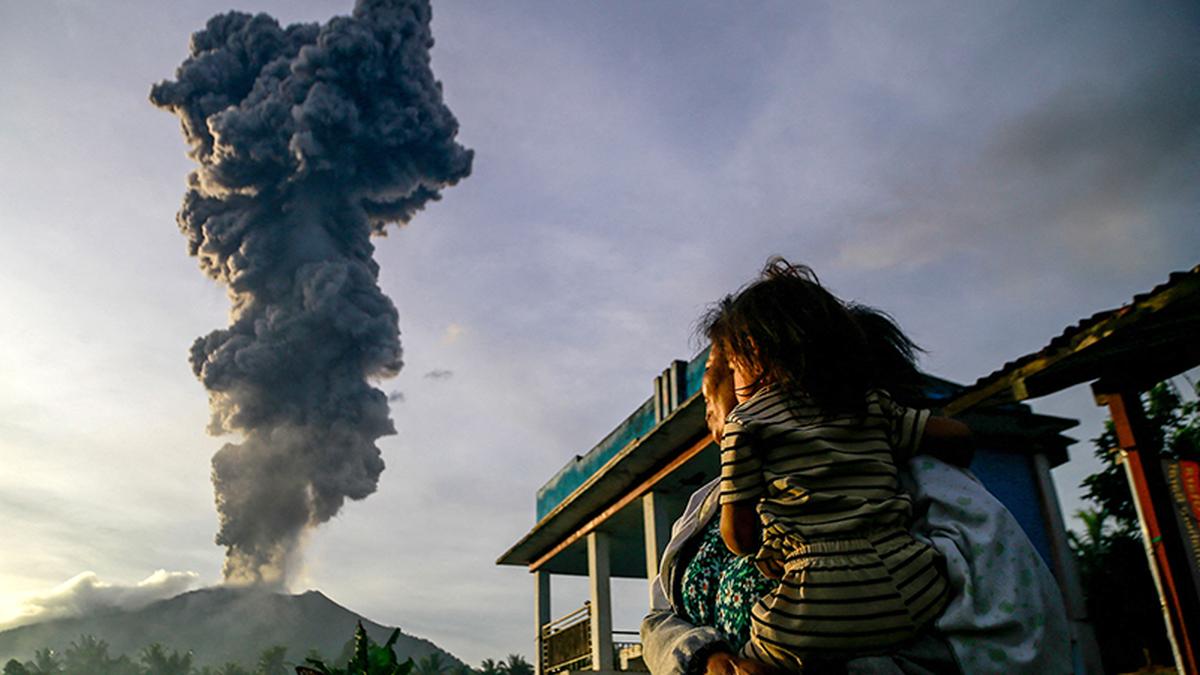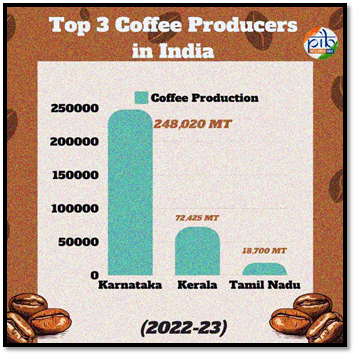Takers, Not Makers

- 21 Jan 2025
In News:
Report “Takers not makers: The unjust poverty and unearned wealth of colonialism” published by Oxfam.
Key Highlights:
- Released by: Oxfam International at the World Economic Forum 2025
- Core Focus: The report explores historical colonial wealth extraction, especially from India, and connects it to contemporary global inequalities.
Colonial Wealth Drain – India:
- $64.82 trillion extracted from India by Britain (1765–1900), adjusted to today’s value.
- $33.8 trillion (52%) enriched the UK’s richest 10%
- 32% benefited the British middle class
- India's industrial output dropped from 25% in 1750 to 2% in 1900 due to:
- British protectionist policies (especially targeting Asian textiles)
- High taxation, home charges, currency manipulation, and profit repatriation
Conceptual Framework:
- "Drain of Wealth" Theory by Dadabhai Naoroji forms the report’s foundation.
- Colonialism framed as both:
- Historical phenomenon: Loot, repression, forced de-industrialization
- Modern structure (Neo-colonialism): Corporate dominance, digital colonization, and unjust global governance
Neo-Colonial Parallels Today:
- Wages in Global South: 87–95% lower than for same work in Global North
- Multinational corporations:
- Descendants of colonial entities like the East India Company
- Extract resources & exploit labor under unequal terms of trade
- Global institutions like WTO and World Bank perpetuate inequity through imbalanced power dynamics
Ongoing Consequences in Global South:
- Poor public services, education, and healthcare
- Caste, religion, and language divisions institutionalized during colonial rule
- E.g., Only 0.14% of Indian languages used as medium of instruction
- Bengal Famine (1943): Caused by wartime policies & racist attitudes, ~3 million deaths
- Biopiracy cases (e.g., neem) reflect continued exploitation
Wealth Disparity & Inequality:
- Billionaire wealth tripled in growth rate in 2024 (vs. 2023)
- Top 1% own more than 95% of global wealth
- Over 3.5 billion people survive on less than $6.85/day
ILO Global Estimates on International Migrant Workers – 2022

- 21 Jan 2025
In New:
By addressing labour market shortages in host nations and contributing remittances to home countries, International Migrants (IM) continue to make contributions to world economic growth, the fourth edition of ‘Global Estimates on International Migrant Workers’, released by the International Labour Organization (ILO), stated.
Key Findings:
Global Representation:
- International Migrants (IMs) = 4.7% of global labour force - 167.7 million total:
- Employed: 155.6 million
- Unemployed (but seeking work): 12.1 million
- Increase of 30+ million migrant workers since 2013
- Growth rate dropped below 1% annually (2019–2022) due to COVID-19
Gender Composition:
- Male IMs: 61.3% (102.7 million)
- Female IMs: 38.7% (64.9 million)
- Lower female participation attributed to:
- Lower female migration rates globally
- Gender-based barriers in labour markets
- Over-representation in informal and unpaid sectors
Age Distribution:
- Prime working age (25–54 yrs): 74.9%
- Youth (15–24 yrs): 9.3%
- Older adults (55–64 yrs): 12.5%
- Seniors (65+ yrs): 3.4%
Sector-wise Employment:
Sector Share of IMs Notes
Services 68.4% Highest; women dominate (80.7%)
Industry 24.3% On par with non-migrants
Agriculture 7.4% Far lower than non-migrants (24.3%)
Care economy in high-income countries is a major pull for female migrants.
Host Country Distribution:
Region/Income Group % of IMs Notes
High-income countries 68.4% (114 million) Majorly Europe & North America
Upper-middle-income 17.4% (29.2 million)
Arab States 13.3% Declined since 2013
Europe (23.3%) and North America (22.6%) are top destinations. Arab states saw a 3% decline over the decade.
Definition: International Migrants (IMs)
As per the UN: Persons residing in a country different from their place of usual residence for at least one year, regardless of reason or legal status. Includes refugees, asylum seekers, etc.
Role & Contributions of IMs:
- Economic Drivers: Fill labour shortages (healthcare, construction, care work).
- Remittances: Boost home country economies.
- Demographic Support: Help address aging populations in developed nations.
Cultural Exchange: Promote diversity and global connectivity.
Mount Ibu Eruption

- 21 Jan 2025
In News:
Indonesia’s Mount Ibu erupted 1,000 times this month.
Overview:
- Location: Mount Ibu, Halmahera Island, North Maluku province, Indonesia.
- Volcano Type: Stratovolcano (composite volcano) – steep-sided, conical structure formed by successive layers of lava, ash, and pyroclastic material.
- Tectonic Setting: Located on the Pacific Ring of Fire, a major area of subduction zones with high volcanic and seismic activity.
Volcanic Context – Indonesia:
- Pacific Ring of Fire: Indonesia's location makes it one of the most volcanically active regions globally.
- Other Recent Eruptions:
- Mount Lewotobi Laki-Laki (twin-peaked volcano)
- Mount Ruang
- Both have shown heightened activity, triggering mass evacuations.
Indian Coffee Sector

- 21 Jan 2025
In News:
India is now the seventh-largest coffee producer globally with exports reaching $1.29 billion in FY 2023-24, almost double the $719.42 million in 2020-21.
Historical Background
- Origin: Coffee was introduced to India in the 17th century by Baba Budan, a Sufi saint, who brought seven Mocha beans from Yemen and planted them in Baba Budan Giri hills, Karnataka.
- This act laid the foundation for India’s coffee cultivation, which has since evolved into a robust agro-industry.
India’s Global Coffee Status
- 7th largest coffee producer globally (FY 2023–24).
- Exports: Reached $1.29 billion in FY 2023–24, nearly double the $719.42 million in FY 2020–21.
- Major export destinations: Italy, Belgium, Russia.
- Export Share: Over 70% of India's coffee is exported, mostly in unroasted (green bean) form.
Types of Coffee Cultivated
- Arabica: Mild flavor, higher market value.
- Robusta: Strong flavor, more robust; often used in instant coffee.
- India's production: Around 75% is a mix of Arabica and Robusta.
Geographical Distribution
- Major Coffee-Growing Regions:
- Karnataka: Leads with over 70% of national production (~248,020 MT in 2022–23).
- Kerala and Tamil Nadu follow.
- Other contributors: Andhra Pradesh, Odisha, and parts of Northeast India
- Agro-climatic Conditions:
- Altitude: 600–1600 meters
- Temperature: 15°C–28°C
- Rainfall: 150–250 cm annually
- Soil: Well-drained, loamy, rich in humus and minerals
Economic & Environmental Significance
- Coffee is largely grown in the Western and Eastern Ghats, biodiversity-rich zones with shade-grown plantations.
- These plantations:
- Conserve ecology and biodiversity
- Support sustainable agriculture
- Contribute to rural livelihoods
Domestic Trends
- Rising café culture, urbanization, and higher disposable incomes have led to increased coffee consumption.
- Domestic consumption rose from 84,000 tonnes (2012) to 91,000 tonnes (2023).
- Preference for coffee over tea is growing, especially in urban and semi-urban India.
Government Initiatives
- Coffee Board of India initiatives under the Integrated Coffee Development Project (ICDP) aim to:
- Enhance yields
- Expand to non-traditional areas
- Promote sustainable practices
- Araku Valley Model:
- Involves 150,000 tribal families
- 20% increase in production
- Backed by Girijan Co-operative Corporation (GCC) and Integrated Tribal Development Agency (ITDA)
- Aligned with Aatmanirbhar Bharat and rural empowerment
Current Challenges and Future Outlook
- Challenges: Climate change impacts, pest attacks, price volatility in global markets.
- Opportunities:
- Rising global demand for value-added products (roasted & instant coffee)
- Export incentives and improved logistics
- Potential for agri-tourism and organic branding
Entity Locker

- 21 Jan 2025
In News:
The National eGovernance Division (NeGD), under the Ministry of Electronics and Information Technology (MeitY) has developed Entity Locker, a cutting-edge digital platform designed to transform the management and verification of business/organisation documents.
Key Highlights:
What is Entity Locker?
A secure, cloud-based platform that allows real-time access, encrypted storage, and authenticated sharing of business-related documents.
Who can use it?
Large corporations, MSMEs, startups, trusts, societies, and other organizational entities.
- Key Features:
- 10 GB Encrypted Cloud Storage: Ensures secure document management.
- Real-Time Document Access & Verification: Integrated with government databases.
- Consent-Based Sharing: Ensures data privacy during information exchange.
- Digital Signature Authentication: Enables legally valid and secure transactions.
- Aadhaar-Authenticated Role-Based Access: Promotes accountability in document handling.
- Integration with Government Systems: Linked with entities like:
- Ministry of Corporate Affairs (MCA)
- Goods and Services Tax Network (GSTN)
- Directorate General of Foreign Trade (DGFT)
Benefits:
- Reduces administrative burden and document processing time.
- Enhances compliance with statutory and regulatory requirements.
- Enables faster processes like vendor verification, loan applications, and FSSAI compliance.
- Promotes transparency and secure collaboration among stakeholders.
Significance:
Entity Locker is a pivotal component of India’s Digital Public Infrastructure, reflecting the Union Budget 2024–25 vision of promoting digital governance. It supports the broader goals of the Digital India Programme, aiming for a digitally empowered and efficient economy.
